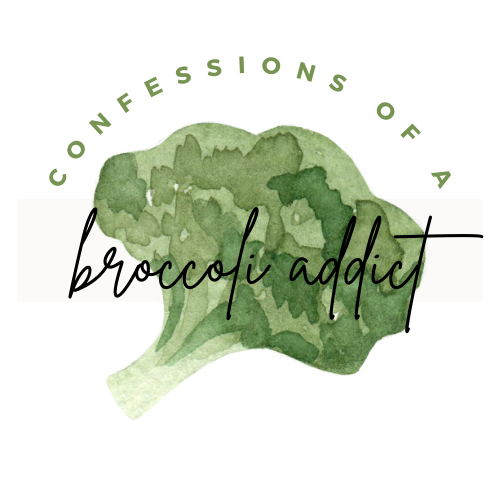 Welcome back for another post from the Monday Inspirations series. Today’s post is by Aaminah Shakur, who wrote about Alice Walker in her previous Monday Inspirations contribution. You can check out previous posts here.
Welcome back for another post from the Monday Inspirations series. Today’s post is by Aaminah Shakur, who wrote about Alice Walker in her previous Monday Inspirations contribution. You can check out previous posts here.
I didn’t find writing that truly rocked my world until adulthood. I wrote before about how I found Alice Walker, and through her found a whole new world of literature. As I read everything I could get my hands on, I got lost in the library. Each new discovery led to additional discoveries as I made note of who had inspired or was enjoyed by each writer I enjoyed. In the degrees of separation, Alice Walker led me to June Jordan, June Jordan led me to Audre Lorde, and Audre Lorde led me to Diane di Prima.
I bought a few used Diane di Prima books but am only just now getting around to reading Memoirs of a Beatnik, di Prima’s groundbreaking memoir of her erotic adventures in the Beatnik years of New York City, published in 1969. While Memoirs lacks shock value in contemporary circles, it should be credited with producing opportunities that led to the sex-positive woman-powered erotic writing of A.N. Rampling (Anne Rice), Rita Mae Brown and Susie Bright. There is now an entire genre of erotic literature by and for women, not to mention more unabashed sexuality in music and film – though women are most often not in a position of power in how they are portrayed or able to express their sexuality.
My introduction to di Prima was Revolutionary Letters, a collection of poems. It inspired some of my own poems and vi sual art. Revolutionary Letters alternates between a realist preparing for crisis and the romantic hippy notions of the ultimate good of humanity. Some poems drew direct parallels in my mind to having also recently read Octavia Butler’s Parable of the Sower. Tips and advice to get yourself, your family, your home, your community ready for revolution, war, and civil unrest are offered in the poems. Haunted by Butler’s writings, these poems too seemed practical, timely and urgent.
sual art. Revolutionary Letters alternates between a realist preparing for crisis and the romantic hippy notions of the ultimate good of humanity. Some poems drew direct parallels in my mind to having also recently read Octavia Butler’s Parable of the Sower. Tips and advice to get yourself, your family, your home, your community ready for revolution, war, and civil unrest are offered in the poems. Haunted by Butler’s writings, these poems too seemed practical, timely and urgent.
But it’s poems like “Revolutionary Letter #4” that offered the most to me. They offered a reminder of why we fight, what is worth surviving for. The book balances fear and hope, preparedness and belief, revolution and love.
REVOLUTIONARY LETTER #4
Left to themselves people
grow their hair.
Left to themselves they
take off their shoes.
Left to themselves they make love
sleep easily
share blankets, dope & children
they are not lazy or afraid
they plant seeds, they smile, they
speak to one another. The word
coming into its own: touch of love;
on the brain, the ear.
//
We return with the sea, the tides
we return as often as leaves, as numerous
as grass, gentle, insistent, we remember
the way,
our babes toddle barefoot thru the cities of the universe.
The letters/poems are written between May 1968 and December 1971, encompassing the publishing of Memoirs, but they are wholly different from the erotic prose of di Prima’s memoirs. Her voice range from matter-of-fact telling of sex stories to the Revolutionary Letters is vast. That isn’t to say the voice in the Memoirs is in any way less valid, but merely that di Prima has a variety of stories to tell and knows how to use her voices to reach different audiences.
Di Prima didn’t just write facile poems romanticising revolution, but truly lived it. As a devoted anarchist and member of The Diggers, di Prima participated in community building, free food programs, housing for the homeless and more. She engaged in anti-war protests, performance art, and has been a vocal supporter of civil rights for all.
In 2013 word got out that di Prima was suffering serious health issues, including a recent diagnosis of Parkinson’s. As with all our heroines, she will not live forever. In October 2014 she published The Poetry Deal, a new book of poetry. It’s her first book in decades, and realistically, it may be her last. Di Prima leaves behind about a dozen poetry books, her autobiography, memoirs and more. Thanks to the internet, more of her texts are available for free and we have access to dozens of interviews with her as well. It’s enough to keep me busy for life, trying to read and appreciate all she has given us. She represents the ideal of the blending of art and activism that made me want to be a poet and artist to begin with.
Aaminah Shakur is a multi-racial/multi-cultural artist, art historian, poet, storyteller and intuitive healer that sees all of these arts as interconnected. Their website is aaminahshakur.com.

